 Electrostatic discharge (ESD) is a unique phenomenon that can be seen in everyday life. The effects of ESD can be seen by rubbing a balloon on your head, resulting in your hair sticking to the balloon, or by touching a doorknob or a pet in a dry building and receiving a static shock.
Electrostatic discharge (ESD) is a unique phenomenon that can be seen in everyday life. The effects of ESD can be seen by rubbing a balloon on your head, resulting in your hair sticking to the balloon, or by touching a doorknob or a pet in a dry building and receiving a static shock.
In irrigation, well water pumping, and pressure boosting applications, ESD can cause larger issues than just a small shock to your finger. Because plastics used in PVC pipes are insulators, the moving water builds up static electric charges. Eventually, this static electric buildup will discharge through an ungrounded pathway (e.g. instrumentation or sensors used to control a pump). Continue reading “ESD and Surge Issues in Pumping, Pressure Boosting, and Irrigation Applications”


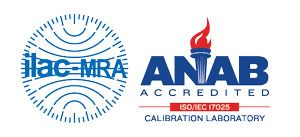
 Picture this: You’re driving on the highway and push your car’s speed to the limit. Suddenly, a police officer pulls up behind you. Your heart races and stomach drops. You hold your breath as your eyes quickly dash to your car’s speedometer, double-checking your speed. Luckily, you aren’t going over the speed limit. Just as the butterflies in your stomach start to settle, red and blue lights start flashing behind you. You slow the car and come to a stop. The officer tells you that you were going far faster than you thought that you were. Turns out, your speedometer is out of calibration. Now, not only are you running late, but you also owe the state a couple hundred dollars.
Picture this: You’re driving on the highway and push your car’s speed to the limit. Suddenly, a police officer pulls up behind you. Your heart races and stomach drops. You hold your breath as your eyes quickly dash to your car’s speedometer, double-checking your speed. Luckily, you aren’t going over the speed limit. Just as the butterflies in your stomach start to settle, red and blue lights start flashing behind you. You slow the car and come to a stop. The officer tells you that you were going far faster than you thought that you were. Turns out, your speedometer is out of calibration. Now, not only are you running late, but you also owe the state a couple hundred dollars.
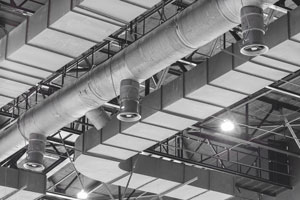
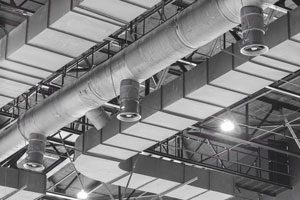 In HVAC systems, there are many different parameters that are commonly measured for system performance or building comfort. Some of the most commonly measured HVAC system parameters are temperature, air velocity, humidity and static pressure. Of those parameters, static pressure is extremely important in terms of system performance. Static pressure indicates how hard the HVAC system has to work to move air through the building or how much resistance to flow exists. The higher the static pressure, the harder the system has to work to move air through the building.
In HVAC systems, there are many different parameters that are commonly measured for system performance or building comfort. Some of the most commonly measured HVAC system parameters are temperature, air velocity, humidity and static pressure. Of those parameters, static pressure is extremely important in terms of system performance. Static pressure indicates how hard the HVAC system has to work to move air through the building or how much resistance to flow exists. The higher the static pressure, the harder the system has to work to move air through the building. 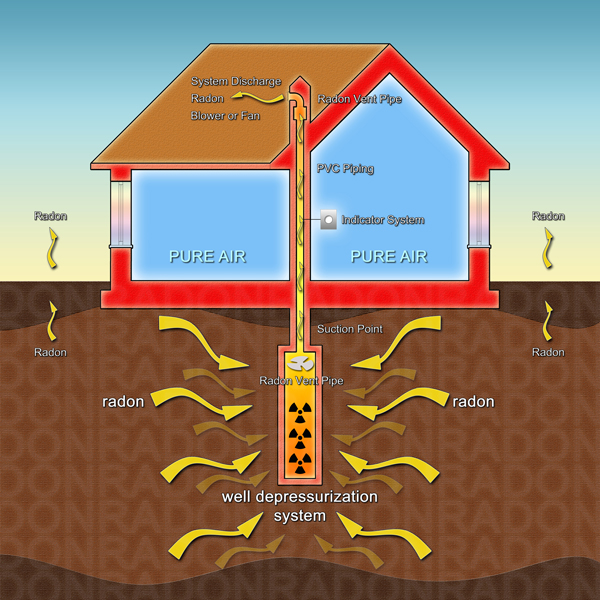
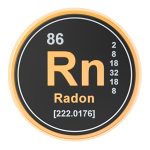 Radon is a naturally occurring radioactive gas that comes from the decay of Uranium. It is often found in the rock and soil upon which many residential and commercial buildings are built.
Radon is a naturally occurring radioactive gas that comes from the decay of Uranium. It is often found in the rock and soil upon which many residential and commercial buildings are built.